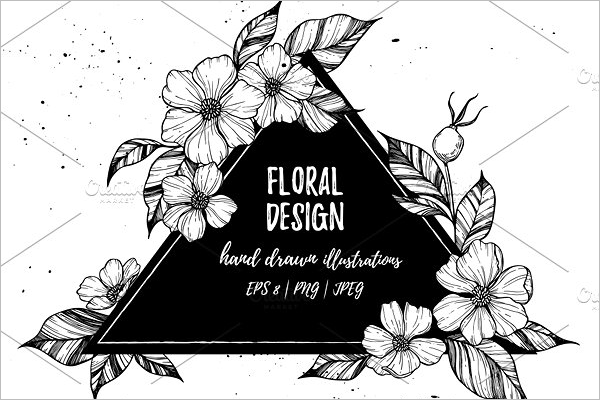Floral Design Elements: Elevating Aesthetics with Nature’s Palette
Flowers have long been celebrated for their beauty and symbolism, gracing occasions with their vibrant colors, delicate shapes, and enchanting fragrances. In the realm of design, floral elements serve as timeless motifs, adding an element of elegance and freshness to various artistic expressions. From graphic design to interior décor, understanding the fundamentals of floral design elements can unlock a world of creative possibilities. In this article, we explore the diverse facets of floral design elements and their profound impact on visual aesthetics.
The Language of Flowers: Symbolism and Meaning
Flowers possess a rich symbolism that transcends cultural boundaries, conveying emotions, messages, and themes through their unique characteristics. Roses symbolize love and passion, while lilies evoke purity and elegance. Understanding the symbolic significance of different flowers allows designers to imbue their creations with deeper layers of meaning, adding richness and complexity to their compositions.
Color Palette Harmony: Harnessing Nature’s Hues
The vibrant hues of flowers provide an endless source of inspiration for designers seeking to create visually compelling compositions. Whether it’s the bold reds of roses, the serene blues of hydrangeas, or the sunny yellows of sunflowers, each flower offers a distinct color palette that can be harmoniously blended to evoke specific moods and atmospheres. By carefully selecting and arranging flowers based on their colors, designers can create captivating visuals that resonate with viewers on an emotional level.
Texture and Form: Adding Depth and Dimension
In addition to color, the texture and form of flowers play a crucial role in floral design. From the velvety petals of a rose to the delicate tendrils of a vine, each flower possesses its own unique texture that adds depth and dimension to a composition. By incorporating a variety of textures and forms, designers can create visually dynamic arrangements that engage the senses and invite closer inspection.
Composition and Balance: The Art of Arrangement
At the heart of floral design lies the art of arrangement – the skillful placement of flowers to create visually pleasing compositions. Designers must consider factors such as balance, proportion, and focal points when arranging flowers, ensuring that each element harmonizes with the overall composition. Whether it’s a simple bouquet or an elaborate centerpiece, a well-executed arrangement has the power to captivate and inspire.
Beyond Aesthetics: Emotional Impact and Wellness
Floral design elements not only enhance visual aesthetics but also have a profound impact on emotional well-being. Studies have shown that exposure to flowers can reduce stress, increase positive emotions, and improve overall mood. By incorporating floral elements into various design projects, designers can create environments that promote relaxation, happiness, and a sense of connection with nature.
Conclusion: Embracing Nature’s Beauty in Design
Floral design elements offer a myriad of possibilities for designers seeking to infuse their creations with beauty, symbolism, and emotional resonance. Whether it’s a wedding bouquet, a branding campaign, or a piece of artwork, flowers have the power to elevate aesthetics and evoke profound emotions. By harnessing the language of flowers and embracing the principles of floral design, designers can create visually stunning compositions that celebrate the timeless beauty of nature.
Hand sketched Floral Element
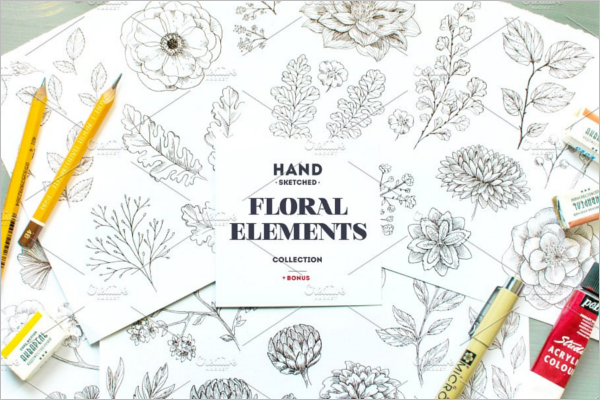
Floral Wedding Design
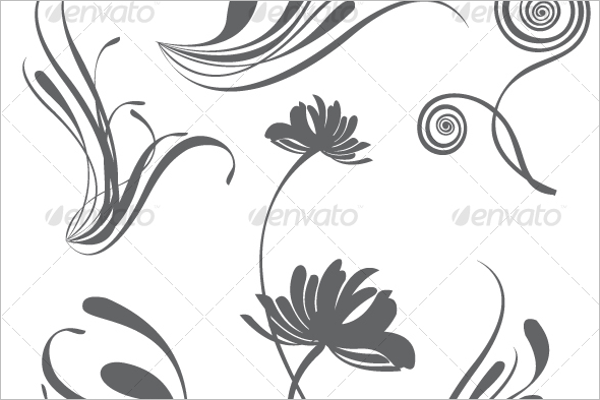
Best Floral Decorative Element

Floral Collection Element

Chalkboard Floral Element

Floral Element Symbols
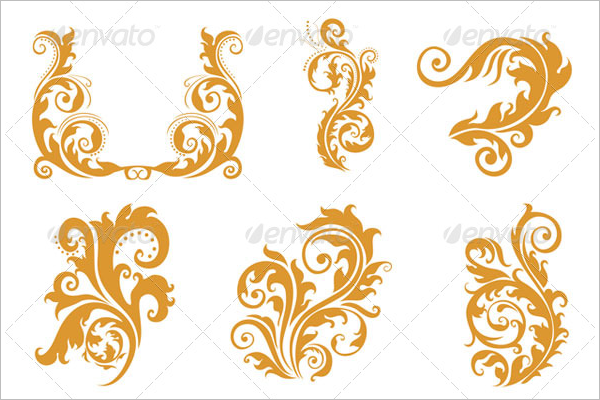
Creative Floral Element
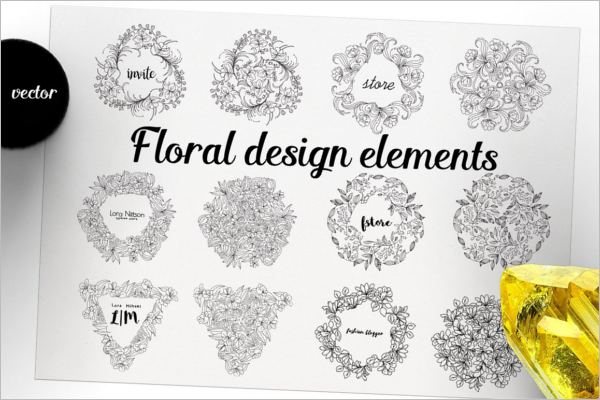
Calligraphic Floral Element
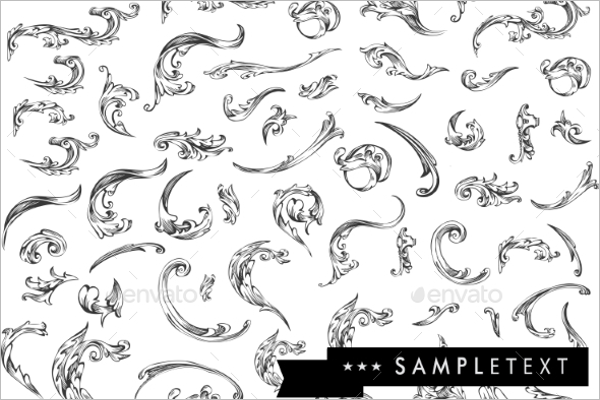
Pearly White Floral Element
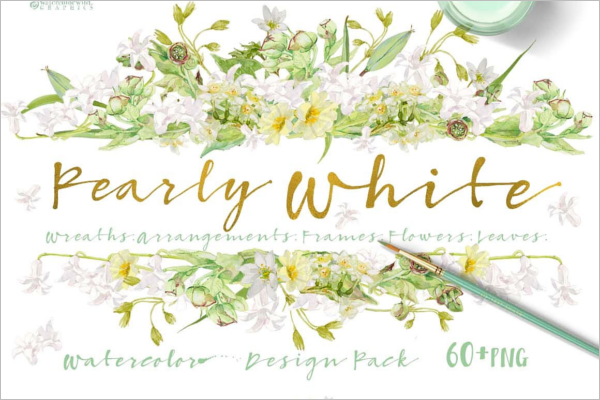
Vintage Floral Element

Floral Element Brush Design
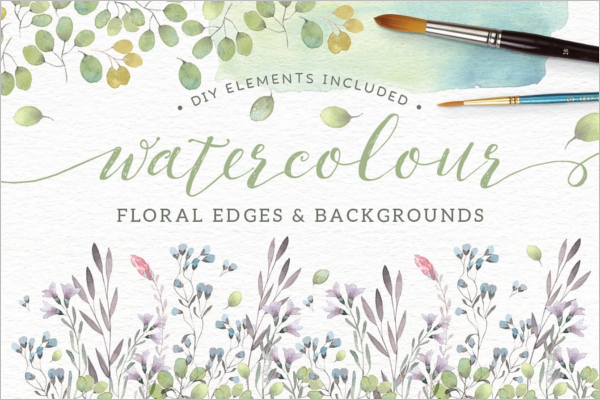
Set Floral Element Design
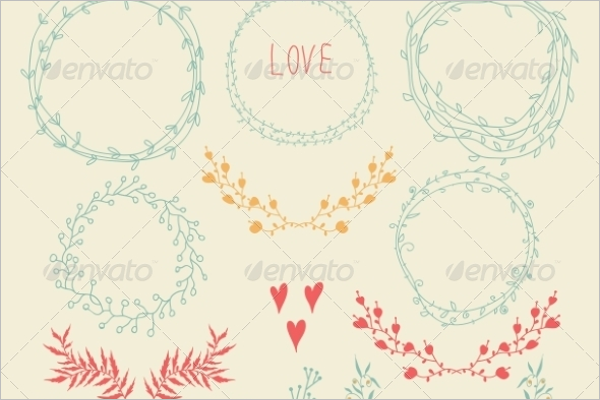
Violet Purple Floral Element Design
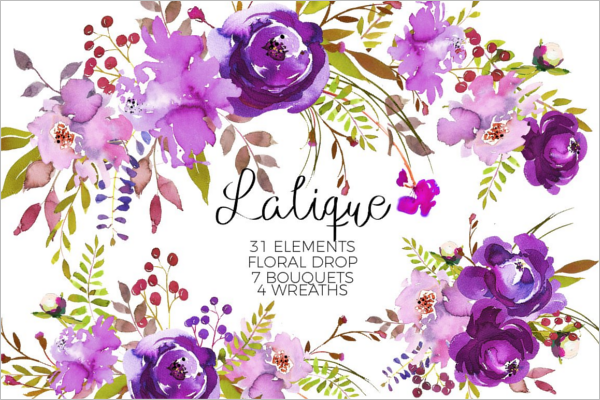
Graphic Floral Element Design
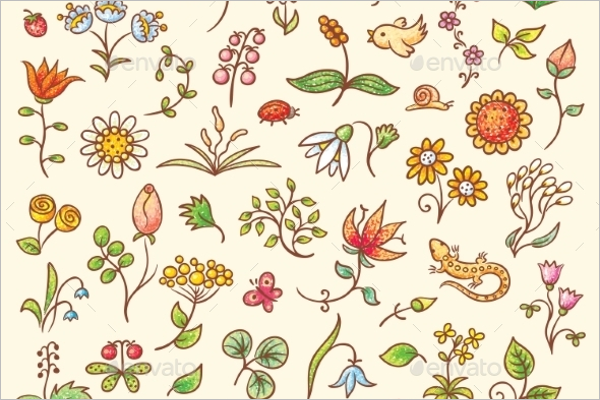
Floral Element Design Png
